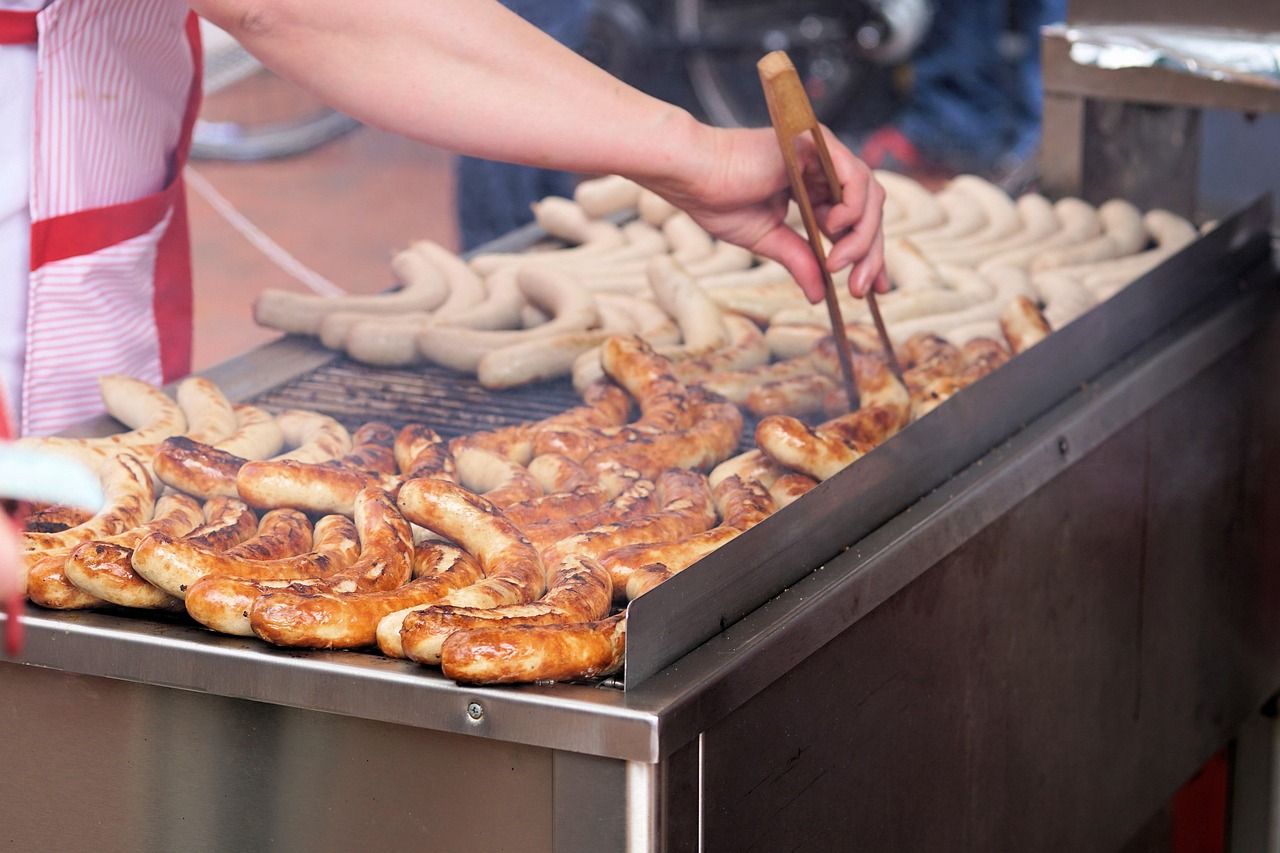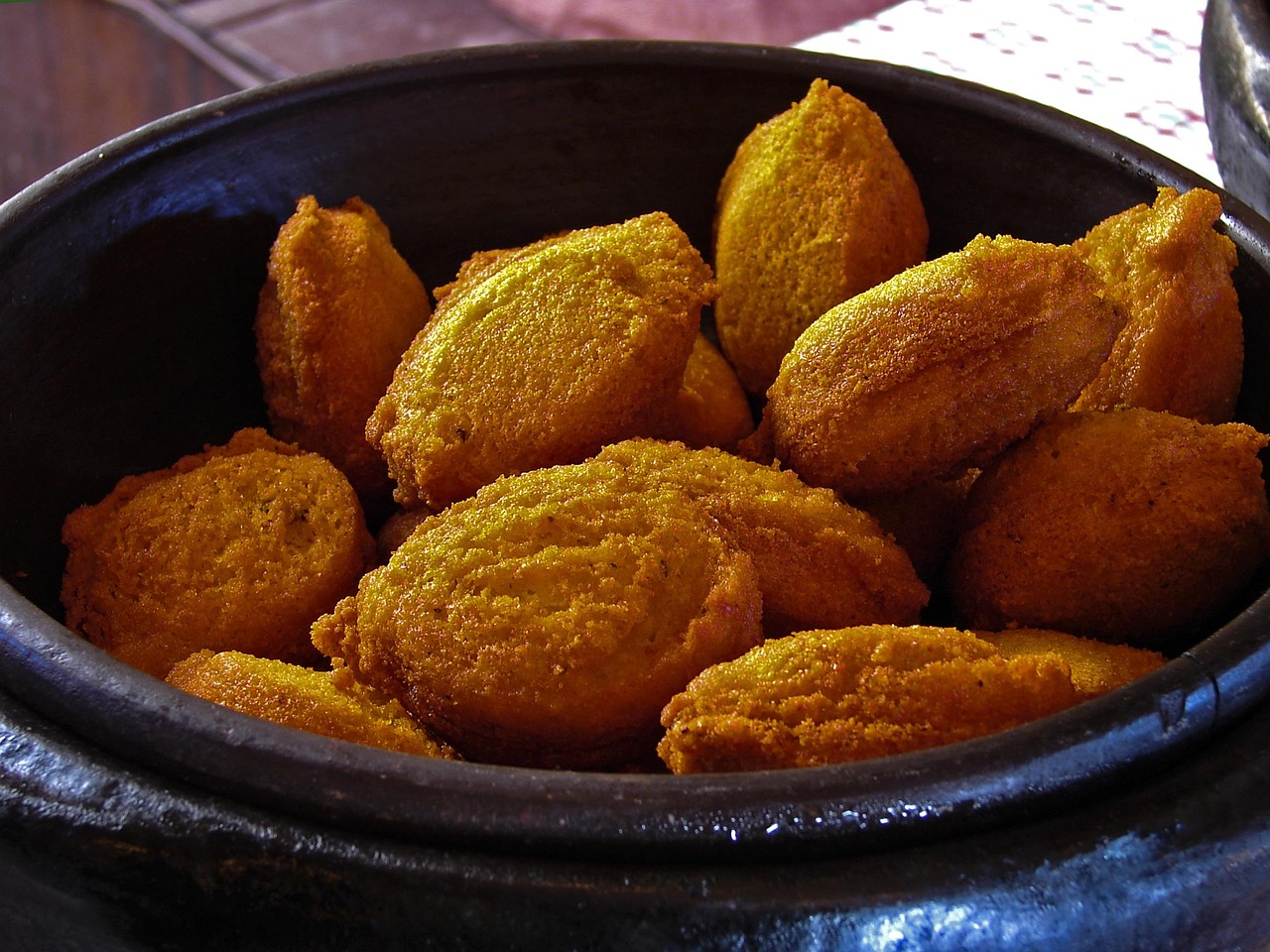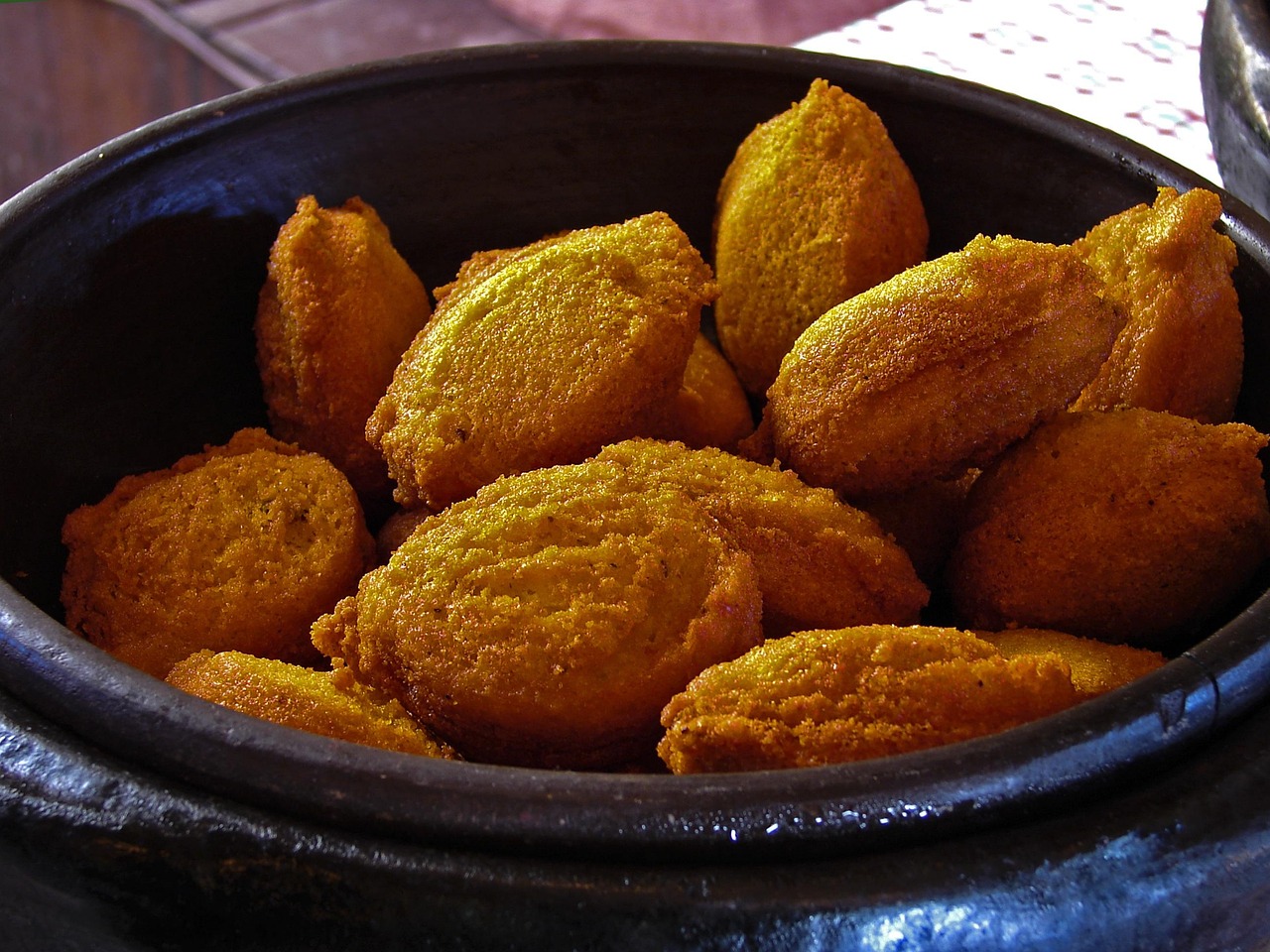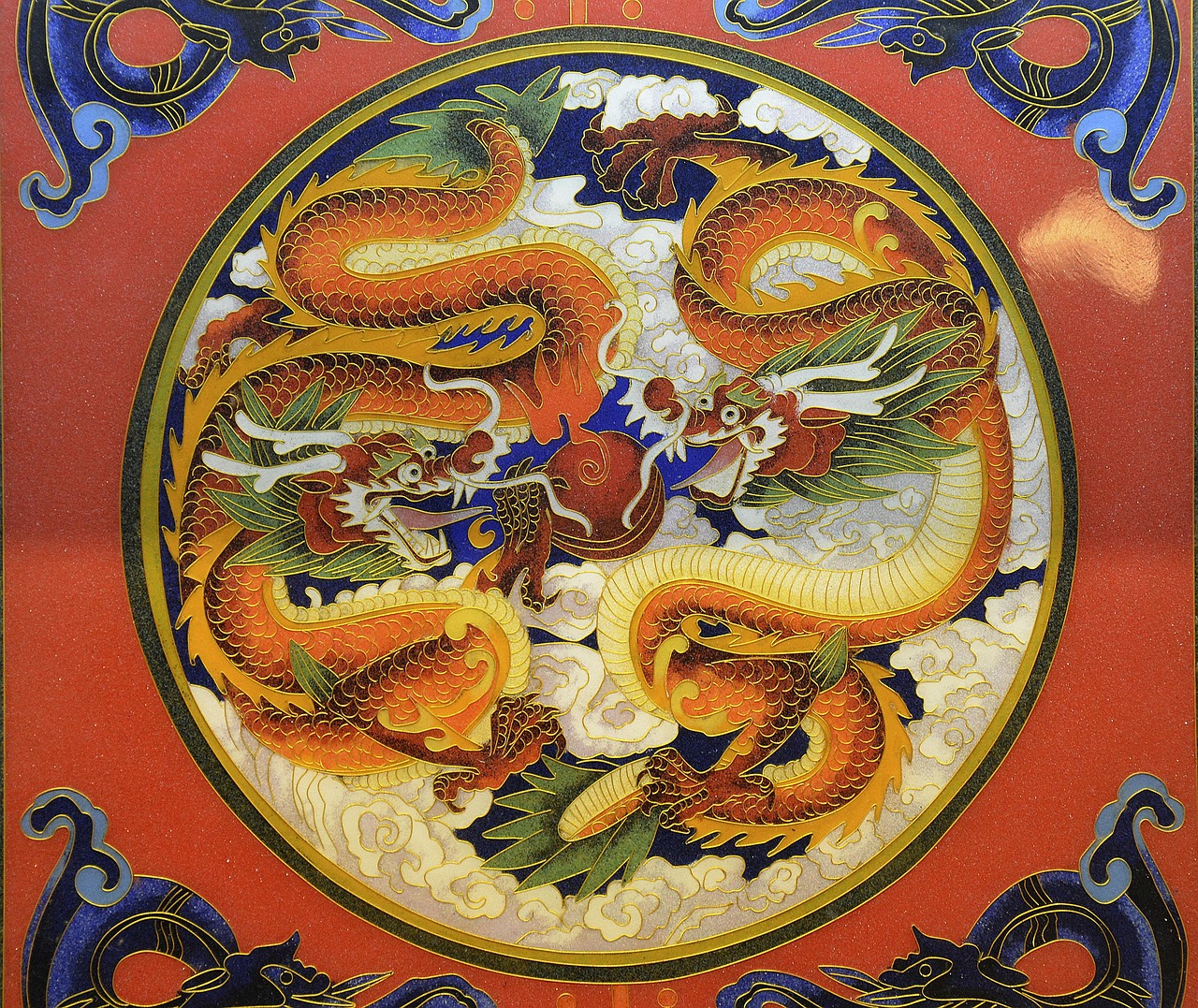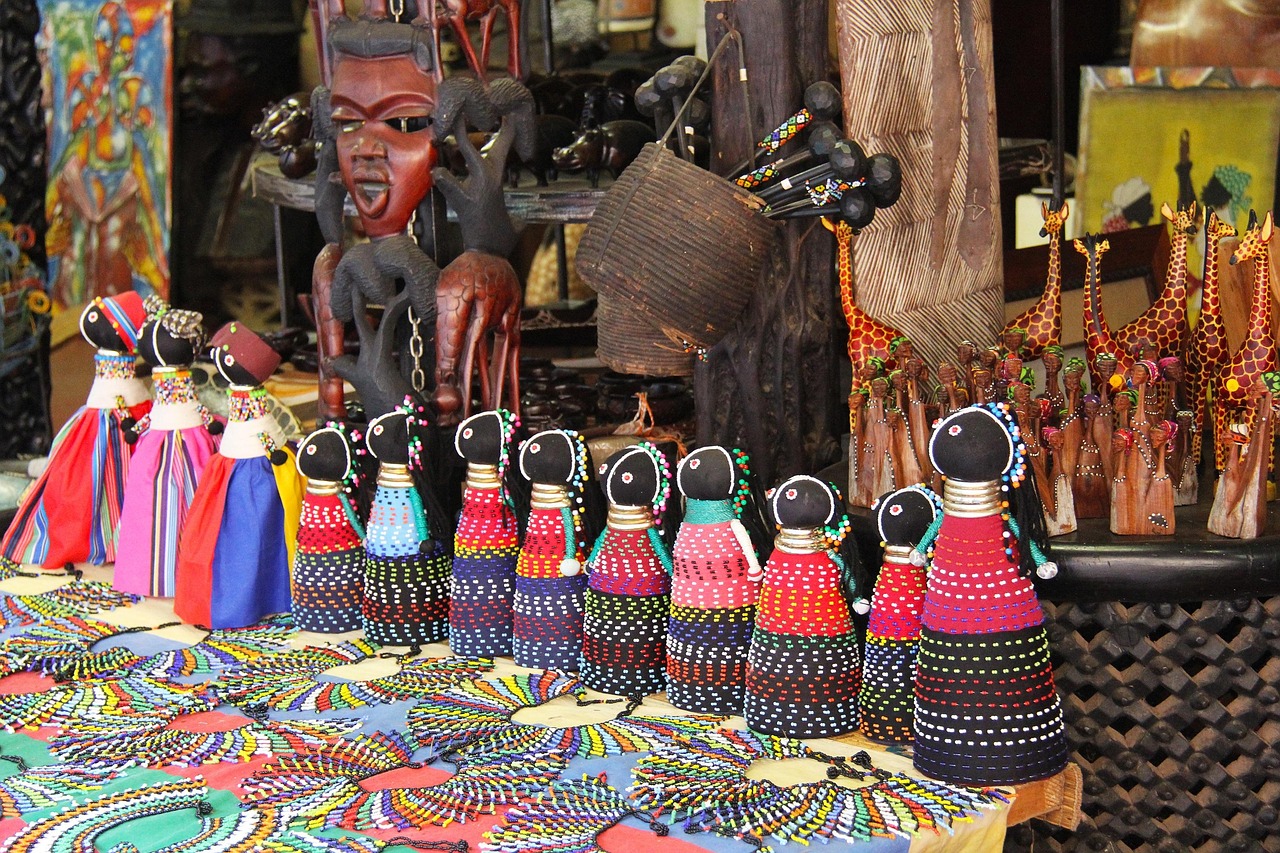Chinese cuisine is not just about food; it's a journey through history, a celebration of diversity, and a reflection of the country's vast geography. As one of the oldest and most influential culinary traditions in the world, Chinese food culture is a treasure trove of flavors, techniques, and stories that have been passed down through generations. In this article, we will delve into the heart of Chinese gastronomy, exploring its regional variations, historical significance, and the art of cooking that has made it a global favorite.
A Culinary Journey Through Time
The history of Chinese cuisine is as ancient as the civilization itself. Archaeological evidence suggests that the Chinese have been cultivating rice and millet for over 7,000 years, while the use of soybeans dates back to the Shang Dynasty (1600-1046 BC). The art of cooking was not just about sustenance but also about medicinal properties and philosophical beliefs. Ancient texts like the "Huangdi Neijing" (The Inner Canon of the Yellow Emperor) discuss the balance of yin and yang in food, which is still a fundamental concept in Chinese cuisine today.
The Eight Culinary Traditions
China's vastness is mirrored in its cuisine, which is divided into eight major regional traditions, each with its unique flavors and cooking styles:
1、Sichuan Cuisine (Szechuan): Known for its bold and pungent flavors, Sichuan food is famous for its use of chili peppers and the numbing Sichuan peppercorn. Dishes like Mapo Tofu and Kung Pao Chicken have gained international recognition.
2、Cantonese Cuisine (Yue): Originating from Guangdong province, Cantonese cuisine is light and注重 freshness. Dim sum, a variety of bite-sized dishes served in steamer baskets or on small plates, is a Cantonese culinary staple.
3、Shanghainese Cuisine (Hu): Also known as Hu cuisine, Shanghainese food is sweet and savory, with a focus on braising and stewing. The famous soup dumplings, or Xiaolongbao, are a must-try.

4、Beijing Cuisine (Jing): With a strong influence from the imperial court, Beijing cuisine is hearty and includes iconic dishes like Peking Duck and Mongolian Hot Pot.
5、Hunan Cuisine (Xiang): Hunan food is known for its hot and sour flavors, with a generous use of garlic and shallots. Dishes like Steamed Fish Head with Diced Hot Red Peppers are characteristic of this cuisine.
6、Fujian Cuisine (Min): Seafood plays a significant role in Fujian cuisine, with a light and fresh approach to cooking. Oyster omelettes and Buddha Jumps Over the Wall are popular dishes.
7、Anhui Cuisine (Hui): Anhui food is known for its simplicity and use of wild herbs and fungi. Braised Eel in Brown Sauce is a classic Anhui dish.
8、Zhejiang Cuisine (Wen): Zhejiang cuisine is famous for its seafood and freshwater produce, with a focus on the natural flavors of the ingredients. Dongpo Pork and West Lake Fish in Vinegar Gravy are signature dishes.
The Art of Cooking
Chinese cooking is an art form that requires precision, patience, and a deep understanding of ingredients. Techniques such as stir-frying, steaming, and braising are common, and each has its purpose in enhancing the flavor and texture of the dish. The use of knives is also an essential skill, with chefs trained to cut ingredients in specific ways to maximize their culinary potential.
The Role of Rice and Noodles
Rice is a staple food in China, with over 130 varieties grown across the country. It is not just a side dish but also an ingredient in many dishes, such as rice cakes and rice noodles. Noodles, made from wheat, rice, or other grains, are another significant part of Chinese cuisine. They symbolize longevity and are often served in soups or stir-fried with vegetables and meat.
The Influence of Chinese Cuisine Worldwide
Chinese food has become a global phenomenon, with Chinese restaurants found in almost every corner of the world. While the dishes served abroad may have been adapted to local tastes, the core principles of Chinese cooking—freshness, balance, and flavor—remain. The popularity of Chinese food has also sparked interest in the traditional methods of cooking and the cultural significance of each dish.
A Modern Take on Tradition
Contemporary Chinese cuisine is a fusion of the old and the new. Chefs are experimenting with modern techniques and ingredients while staying true to traditional recipes. This has led to a resurgence of interest in regional dishes and a deeper appreciation for the diversity of Chinese food culture.
Conclusion
Chinese cuisine is a living testament to the country's rich history and cultural diversity. It is a cuisine that is always evolving, yet remains rooted in its ancient traditions. Whether you are exploring the spicy depths of Sichuan cuisine or the delicate flavors of Cantonese dim sum, each bite offers a glimpse into the heart of China. As you embark on your own culinary journey, remember that Chinese food is more than just a meal—it's a story waiting to be told.
Encouragement to Explore Further
To truly understand the depth and breadth of Chinese food culture, we encourage you to not only visit China but also to cook at home, using traditional recipes and techniques. Books, cooking classes, and online resources can provide valuable insights into the art of Chinese cooking. By engaging with Chinese cuisine, you are not just satisfying your palate but also connecting with a culture that has been shaping the world's culinary landscape for thousands of years.
This article provides a comprehensive introduction to the rich and diverse world of Chinese cuisine, offering readers a glimpse into its historical roots, regional variations, and the art of cooking that has made it a beloved part of global gastronomy. By encouraging further exploration and engagement with Chinese food culture, we hope to inspire a deeper appreciation for this ancient culinary tradition.


